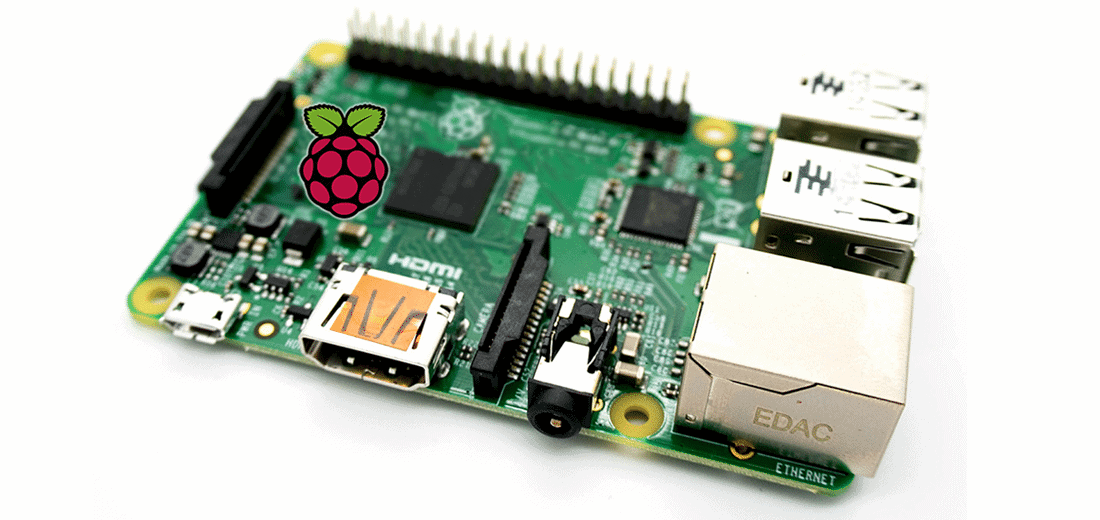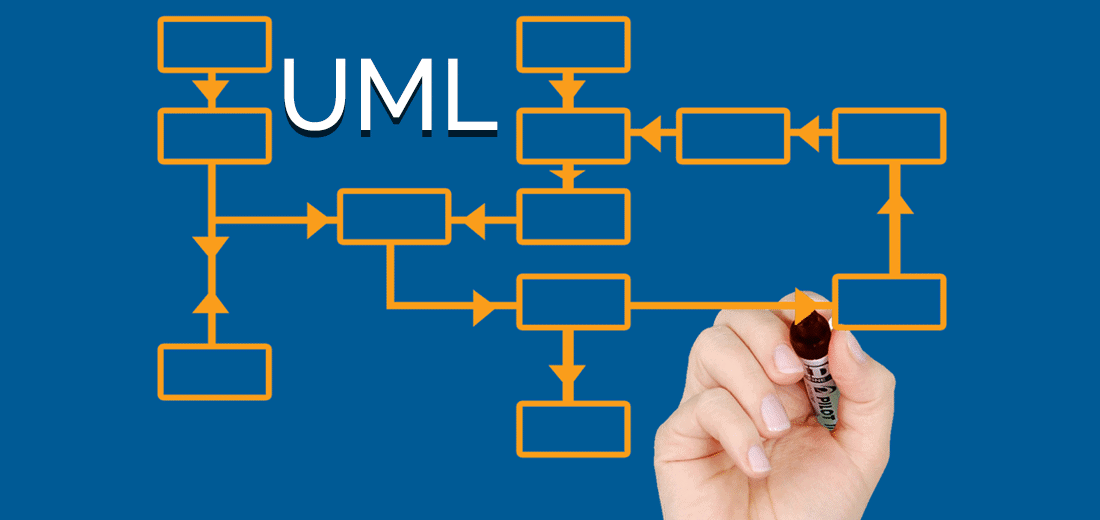
Debian, Raspian, Wheezey, Jessie. No, it’s not the cast of a Snow White reboot. These are all new terms I am learning about in my latest time suck: the Raspberry Pi, the perfect automation engineer’s toy.
Focusing on unrelated hobbies can help me take a mental break from work, so I can return with a fresh perspective. These interests can stimulate creative thinking (see this article). And here is where the Pi fits in (I also love to bake, but more on that in a later post). Want to create a media server, personal cloud backup system (with redundancy), digital video recorder, dedicated streaming box, retro gaming console, SMART home automation controller, super-local meteorological station or any of a thousand other possibilities? Then the Raspberry Pi is for you. It allows for a great blend of open source programming combined with a large number of integration options via Bluetooth and wired or wireless Ethernet, allowing you to interact with technology you may already own. If you’ve gotten into 3D printing, pairing that with a Raspberry Pi to create a custom housing / physical aspect to whatever you’re creating gives you the power to craft almost anything you can dream up.
The Raspberry Pi is a credit-card sized, single board computer created by the Raspberry Pi Foundation to serve its goal of promoting basic computer science in schools. The most recent model, the Raspberry Pi 3, was released in February 2016. The 3 features a quad-core 1.2 GHz processor, 1 GB RAM and on-board Bluetooth, ethernet (wired and wireless) and four USB 2 ports. Internal storage is provided by a microSD card (not included but easily obtained). The computer itself (not including the case, which I recommend, power supply, and microSD card) costs around $35. Yup, $35. A much more scaled back model, the Model Zero, is priced at $5. All of the Linux-based software is free and fairly easy to download and support. In my experience with the different free apps and modules available, basically nothing works ‘out of the box,’ which is actually some of the fun. Figuring out why I can’t access my Samba share (Raspian sprite for auto-mounting a USB drive wasn’t allowing for easily setting the mount-point or user/group ownership that I setup with my Samba usergroup so I had to utilize a more static method by editing fstab because I’m still a noob) or why my streams won’t play (failed to change the split of CPU vs GPU memory. Noob!) just allows me to better understand how this device and subsequent software actually work.
My mother always talks about how she only saw the back of my dad’s head for about nine months when I was very little while he built a Commodore 64 from scratch. He then taught himself how to program using it and even wrote some simple educational games for me. That computer ended up playing a large role in my life as well; I can remember learning how to load, run and manipulate files and programs when I was five years old (not such a big deal in today’s day and age with computers being ubiquitous and intuitive GUIs helping to drive user interface). That played a large role in shaping my interest in computers and my ability to learn how they operate. The Raspberry Pi is a very nice evolutionary parallel to that old Commodore 64, with endless functional and software development possibilities replacing the intensive physical build that was the ‘old’ technological hurdle. I absolutely see this as a fantastic way to get my daughter interested in computers and to provide her with an extraordinary tool to develop a personal connection to programming.
So next time, don’t gasp when you hear me yelling “chown” from down the hall. It’s not as dirty as it sounds. Ubuntu! (Isn’t that how Doc Rivers got the Celtics to win that championship? He must have already had his fill of Pi!)













